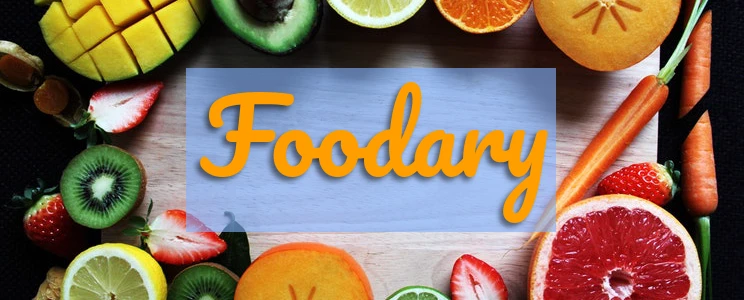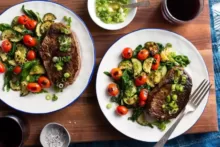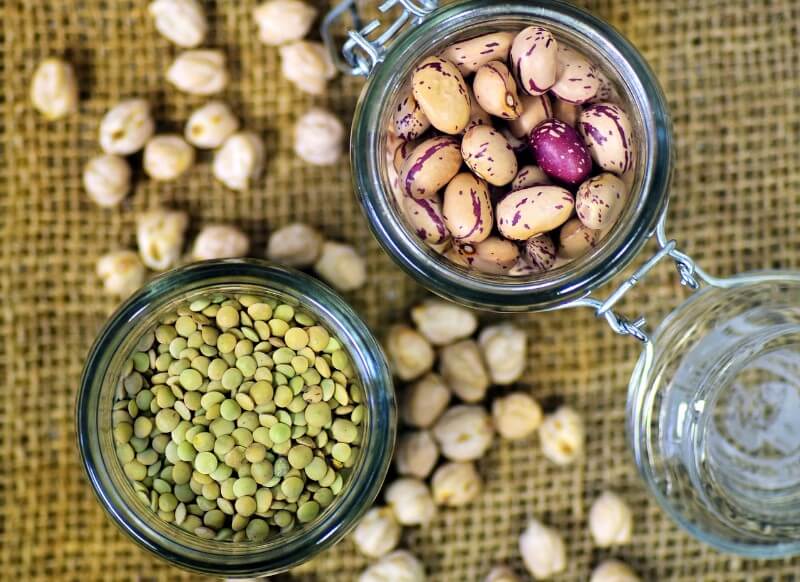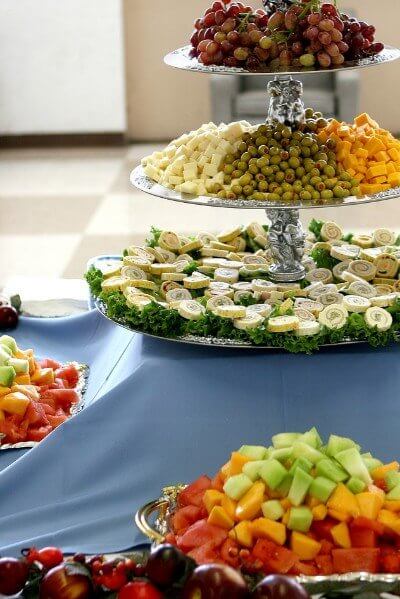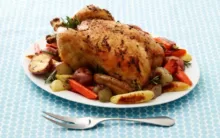- June 2022
- November 2020
- October 2020
- April 2020
- March 2020
- February 2020
- June 2018
- February 2018
- October 2017
- August 2017
- May 2017
- June 2016
- May 2016
- June 2015
- May 2015
- November 2014
- August 2014
- July 2014
- May 2014
- April 2014
- March 2014
- February 2014
- July 2012
- January 2012
- November 2011
- June 2011
- May 2011
Acid-Alkaline Beef List
Is beef acidic or alkaline? Clearly it’s acid-forming due to protein. But we all need protein. So balance low-acid beef with lots of alkalizing vegetables. Read more ›
